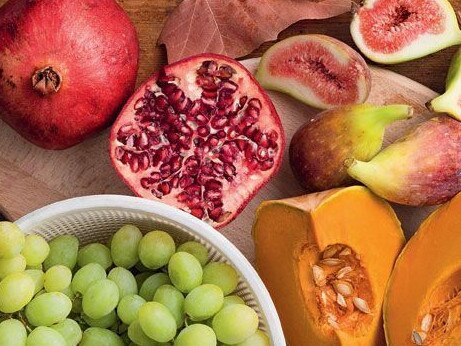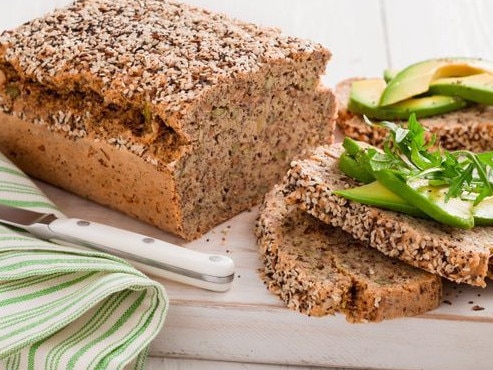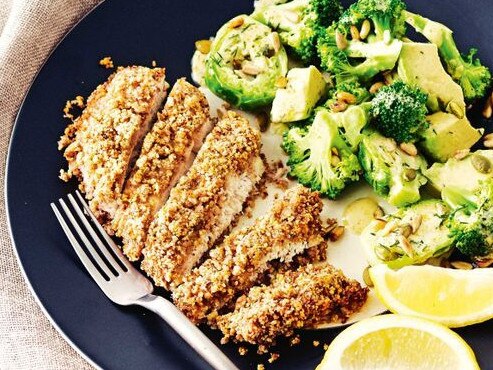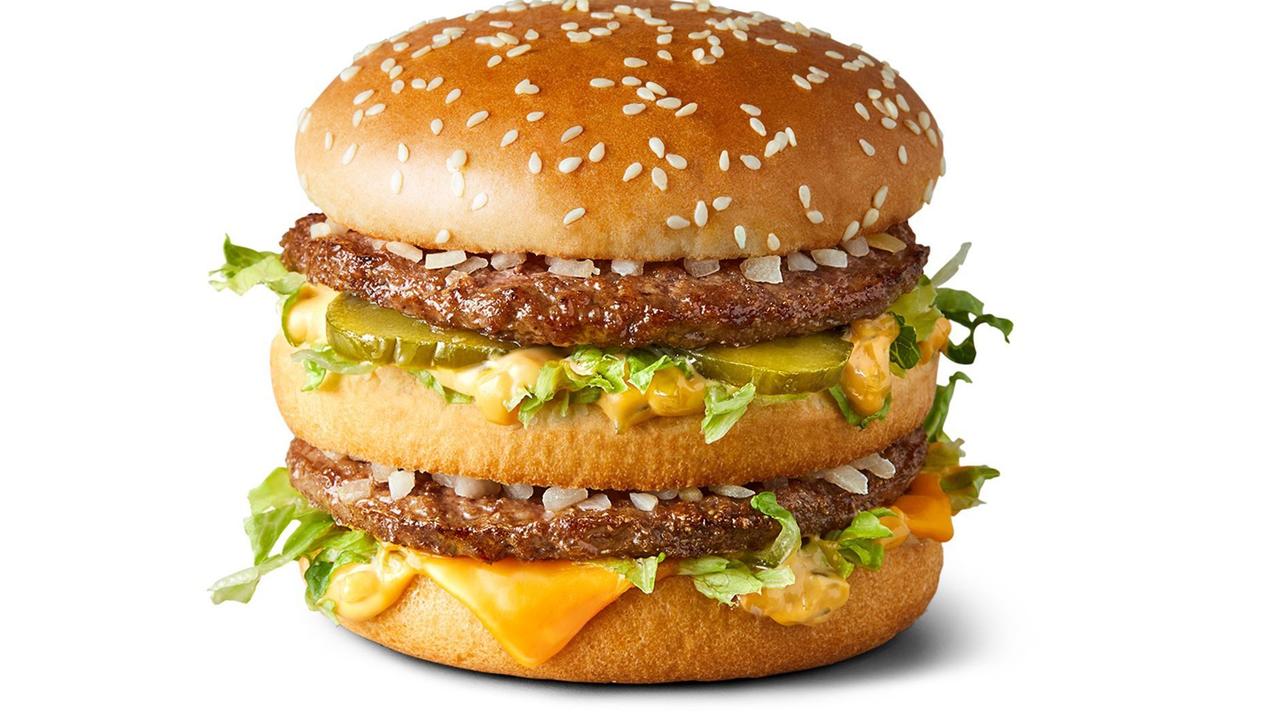Dr Rosemary Stanton unwraps the paleo diet
This Stone Age diet has been the subject of some interesting health claims. Dr Rosemary Stanton zeros in on the pros and cons of following the paleo diet.
The Palaeolithic diet (also called the Caveman diet) works on the principle that the human body should eat the same diet as our hunter gatherer ancestors. This includes meat, fish, birds, roots, wild fruits and vegetables, and nuts. Foods that are the products of agriculture such as grains, legumes, all dairy products, oils, salt and sugar are all excluded.
The theory is that the modern diet is associated with obesity, diabetes, heart disease and cancers and reverting to a stone age diet for which they claim our bodies were designed would bring an end to modern diseases.

The science, benefits and risks
One small study (in 1984) involved 10 middle-aged Indigenous Australians with diabetes who did benefit from following their traditional diet for seven weeks. Their type 2 diabetes cleared up during this period.
However, there have been no long term studies of people following a Paleo diet so the claims made for long-term benefits cannot be substantiated. Because the paleo diet eliminates so many foods, it reduces kilojoule intake and this factor will improve many aspects of health in people who are overweight or have diabetes or various cardiovascular risk factors. There is no evidence of benefits in preventing or treating cancer.
With the exception of kangaroo and wild fish, most meats and poultry from domesticated animals differs from the wild animals that were eaten by our ancestors.
The World Cancer Research Fund – the major group of researchers who collect and analyse results of all studies related to cancers – now rates the evidence as ‘convincing’ that a high intake of red meat increases the risk of bowel cancer. (Note that ‘convincing’ is the highest risk rating.)
The low intake of added sugar and salt would be expected to have benefits for health.

Paleo diet rules: putting it into practice safely
It is almost impossible to follow a diet similar to a Paleo diet. Modern meats from domesticated animals differ from their wild relatives and few wild fruits and vegetables are available.
This diet is not recommended, because it is unlikely to meet the daily needs for nutrients. For those who insist on trying it, the following points will minimise risks.
- Use only lean red meat and keep the total intake to 500g/week.
- Fish and other seafood are safe; eat the crisp shells of small prawns for their calcium.
- Lean poultry is unlikely to cause problems.
- Include plenty of vegetables (dietary fibre), and include root vegetables for their carbohydrate and dietary fibre.
- Include several pieces of fruit each day (carbohydrate and dietary fibre).
- Include a variety of nuts – for example, almonds are a good source of calcium, hazelnuts and almonds will provide vitamin E and all nuts provide some dietary fibre.

Watch out for
Ask a dietitian to check your diet has sufficient calcium, vitamin E, carbohydrate and dietary fibre.
Drink plenty of water. With very little carbohydrate, the body will have to convert protein into glucose and the leftover parts of the protein molecule must be excreted through the kidneys. These vital organs need extra fluid to cope with this task.

Top paleo recipes:
Easy no-bake date and almond bites
Ultimate paleo recipes collection
For more recipe ideas, go to taste.com.au or check out the Taste Test Kitchen now.
Originally published as Dr Rosemary Stanton unwraps the paleo diet


